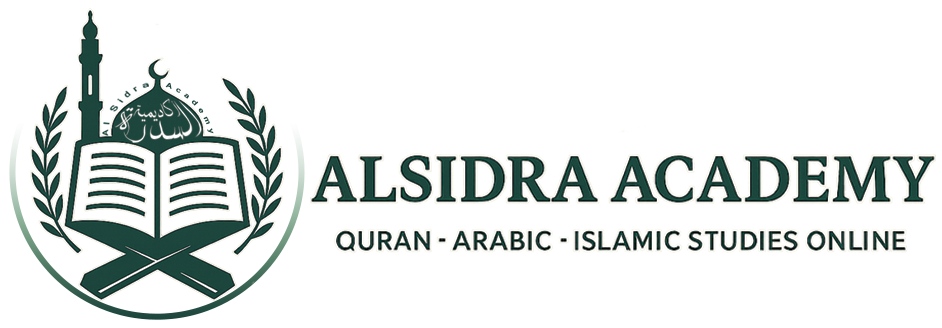
Memorizing information is one of the most important learning skills, whether in academic, religious, or daily life contexts. The methods of memorization have evolved over time, depending on the era, place, and available resources. In this article, we will explore the difference between traditional memorization and memorization using modern technology, highlighting the advantages and disadvantages of each method.
1. Traditional Memorization
Traditional memorization is the method that humans have relied on since ancient times to memorize information, whether it is related to the Quran or other fields of knowledge. This method mainly depends on human memory, where the individual memorizes texts or information gradually using various techniques, such as repetition and continuous review.
Key features of traditional memorization include:
-
Repetition and Review: Traditional memorization relies heavily on repeatedly reading or repeating information. The learner usually uses books or papers to record information and then reads or repeats it until it is memorized.
-
Time and Effort: Traditional memorization requires significant time and effort. The individual must dedicate long periods to reading texts or books for effective memorization.
-
Human Interaction: Traditional memorization often requires the presence of a teacher or another person to guide the learner, whether through instruction or advice.
2. Memorization Using Modern Technology
With the advancement of technology, it is now possible to benefit from digital tools and advanced software to aid in the memorization process. Modern technology offers numerous options that help learners memorize information more effectively and faster.
Key features of memorization using modern technology include:
-
Digital Applications: Technology offers a wide range of applications that assist with memorization, such as Quran apps that provide audio recitations of verses, or educational apps that allow students to memorize information through multimedia like audio, video, and graphics.
-
Interaction with Content: Technology tools offer interactive ways to engage with content, which enhances learner interest and motivation to memorize. These multimedia methods help in retaining information more quickly compared to traditional methods.
-
Flexibility and Convenience: Modern technology provides greater flexibility in learning, allowing learners to memorize content anytime and anywhere using smartphones or laptops. The content can be accessed and reviewed immediately, without the need to refer to books or rely on a teacher.
-
Interactive Technologies like Artificial Intelligence: Some smart apps offer training systems based on artificial intelligence, which show users their progress and motivate them using techniques like spaced repetition and interactive quizzes.
3. Advantages and Disadvantages
Advantages of Traditional Memorization:
-
Traditional memorization strengthens human memory and the ability to recall information, as it relies more on mental focus.
-
It can be more socially interactive, as it requires the presence of a teacher or a group of people to discuss the information.
Disadvantages of Traditional Memorization:
-
It can be slow and exhausting, requiring significant physical and mental effort.
-
It requires a designated space for memorization, such as a book or paper, which may sometimes be limiting.
Advantages of Memorization Using Modern Technology:
-
It saves time and effort by allowing access to content anytime and anywhere.
-
It provides an interactive and engaging experience, making learning more enjoyable and encouraging continuous engagement.
-
Technology can be used to repeat content according to the learner’s needs, with smart systems that enhance memorization effectiveness.
Disadvantages of Memorization Using Modern Technology:
-
Over-reliance on technology can weaken natural memory.
-
It may distract learners from focusing completely, as they could be interrupted by notifications or other apps.
4. Which Method is Better?
It is not possible to conclusively state that one method is better than the other, as this depends on the learner’s goals and needs. If the goal is to memorize simple or short pieces of information, using modern technology may be quicker and more efficient. However, if the aim is to memorize long or complex texts, traditional memorization may still be the best choice for enhancing memory retention.
It is best to combine both methods, where learners can use technology to accelerate and facilitate memorization, while continuing to use traditional methods to reinforce long-term memory and social interaction.
In the end, the choice of the ideal memorization method depends on the learner, their goals, and their educational needs. Whether you choose traditional memorization or modern technology, both methods offer significant benefits. However, it is essential to make the most of modern technology while maintaining a balance with traditional techniques that strengthen memory retention.





No comment yet, add your voice below!